Morphine: Takes Your Pain Away
Morphine is an opioid pain medication, sometimes called a narcotic. It was the first alkaloid to be isolated in history and named after the Greek God of Dreams "Morpheus", due to its distinct side effect - sleepiness. Morphine has been used for a very long time as a powerful sedative and pain reliever. It is considered a great pain reliever for patients who suffer from cancer and chronic pain. It functions by acting directly on the nervous system to decrease the feeling of pain. Due to its addictive effects, consumption of higher doses of morphine is highly prohibited among most countries.
What does Morphine look like in Chemistry?

Let’s Get Building!
Using your Student Molecular Set from Duluth Labs let’s create Morphine! You’ll need:
-
17 Carbon Atoms
-
1 Nitrogen Atoms
-
6 Oxygen atoms
-
19 Hydrogen atoms
-
1 Sulfur atom
-
19 Small connectors (compact small bonds for hydrogen)
-
23 Medium Connectors
-
12 Long connectors
-
Molecular Tool (for Disassembly)
Put aside all the atoms and connectors needed.
Let’s Start Building With Our Phenol Portion (Ring A)

Note: We build this portion in a clockwise direction, starting with Carbon 2.
Let’s start!
Steps:
-
1

1. Using a carbon atom (Carbon 2) attach another carbon (Carbon 3) to it using 2 long connectors. Add a hydrogen atom to Carbon 2 using a small connector.
-
2

2. Attach an Oxygen atom to Carbon 3 using a medium connector. Place a hydrogen atom to this oxygen using a small connector.
-
3

3. Get another carbon atom (Carbon 4) then attach this below Carbon 3 using a medium connector.
-
4

4. Then, attach another carbon atom (Carbon 12) to Carbon 4 using 2 long connectors.
-
5

5. Attach one carbon atom (Carbon 11) to the left of Carbon 12 using 1 medium connector.
-
6

6. Add another carbon atom (Carbon 1) above Carbon 11 using 2 long connectors. Then, place a hydrogen atom on carbon 1 using a small connector.
-
7

7. Join Carbon 1 and Carbon 2 together using a medium connector.
-
8

Yay! We've just built our Phenol (Ring A) Portion!
Note: Let’s now build the cyclohexane (Ring B) portion of our morphine sulfate molecule. We will build this portion in a clockwise direction, starting with Carbon 10.

Let’s continue building!
Steps:
-
1

1. Get one carbon atom (Carbon 10) then attach this to Carbon 11 (of Ring B) using a medium connector. Then, place two hydrogen atoms on carbon 10 using 2 small connectors.
-
2

2. Get another carbon atom (Carbon 9) then attach this below Carbon 10 using a medium connector. Then, add one hydrogen atom on carbon 9 using a small connector.
-
3

3. Add another carbon atom (Carbon 14) then attach this to Carbon 9 using a medium connector. Place one hydrogen atom on carbon 14 using a small connector.
-
4

4. Get another Carbon atom (Carbon 13) then attach this to Carbon 14 using one medium connector.
-
5
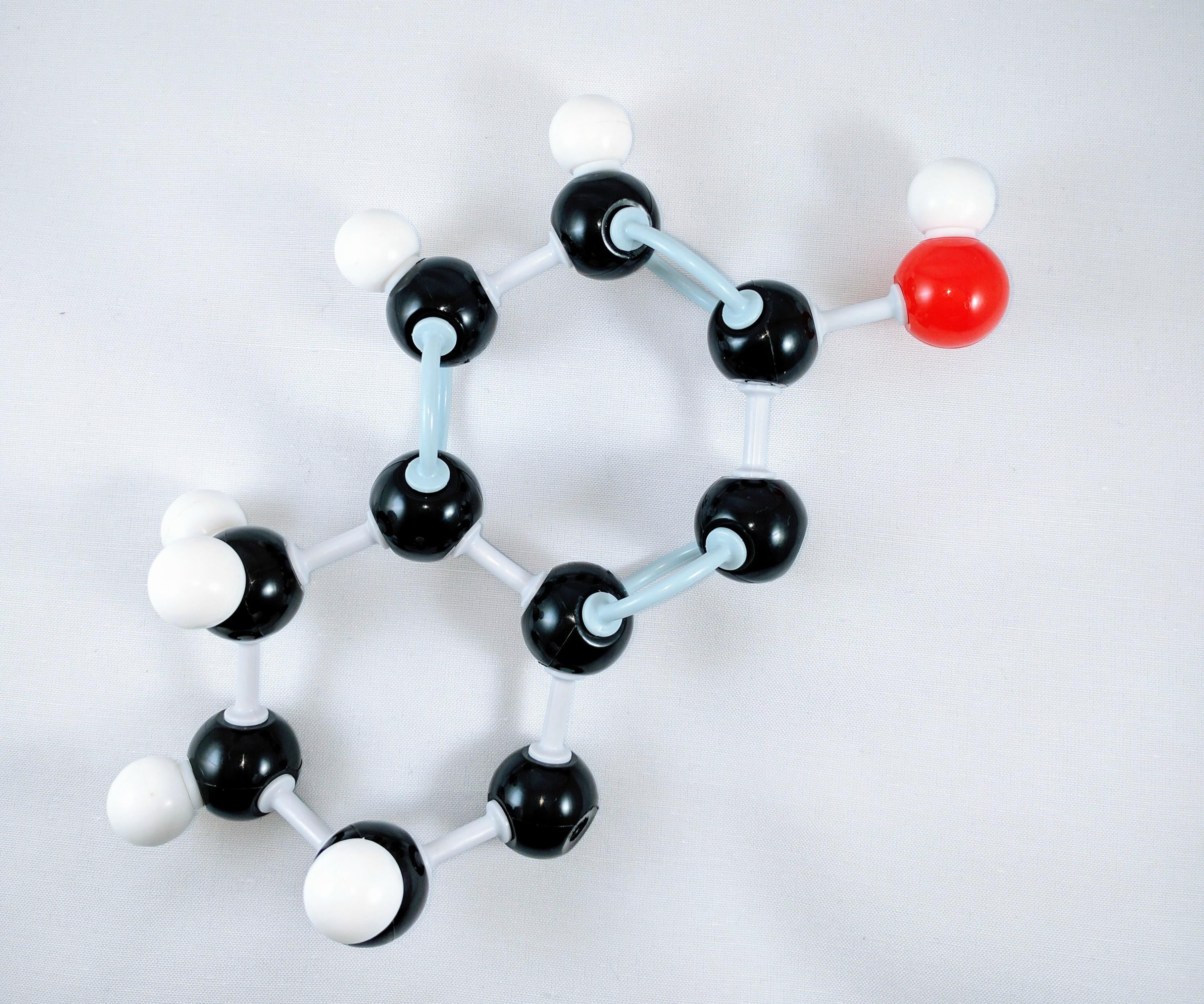
5. Join Carbon 13 and Carbon 12 together using a medium connector.
-
6

Yay! We've just built our Cyclohexane (Ring B) Portion!
Note: Let’s now build the oxolane ring (Ring E) portion in a clockwise direction, starting with Oxygen.

Let’s continue building!
Steps:
-
1

1. Get one Oxygen atom then attach this to Carbon 4 using a medium connector.
-
2

2. Add another carbon atom (Carbon 5) then attach this to Oxygen using one medium connector. Then, place a hydrogen atom on carbon 5 using a small connector.
-

3. Join Carbon 5 and Carbon 13 together using a medium connector.
Note: Let’s now build the cyclohexene ring (Ring C) portion in a clockwise direction, starting with Carbon 8.

Let’s continue building!
Steps:
-
1

1. Get one carbon atom (Carbon 8) then attach this below Carbon 14 using a medium connector. Then, attach one hydrogen atom to carbon 8 using a small connector.
-
2

2. Attach another carbon atom (Carbon 7) to Carbon 8 using 2 long connectors. Then add one hydrogen atom on carbon 7 using a small connector.
-
3

3. Get one carbon atom (Carbon 6) and attach this to Carbon 7 using a medium connector. Add one hydrogen atom to carbon 6 using a small connector
-
4

4. Join Carbon 6 and Carbon 5 together using a medium connector.
-
5

Yay! We've just built our Cyclohexene (Ring C) Portion!
Note: Let’s now build the N-methylpiperidine ring (Ring D) portion in a clockwise direction, starting with Nitrogen.

Let’s continue building!
Steps:
-
1

1. Get one Nitrogen atom and attach this to Carbon 9 (of Ring B) using a medium connector.
-
2

2. Add a Carbon atom to this nitrogen using a medium connector. Then, add 3 hydrogen atoms to this carbon using 3 small connectors.
-
3

3. Add another carbon atom (Carbon 15) to Nitrogen using a medium connector. Then place 2 hydrogen atoms to this carbon using 2 small connectors.
-
4
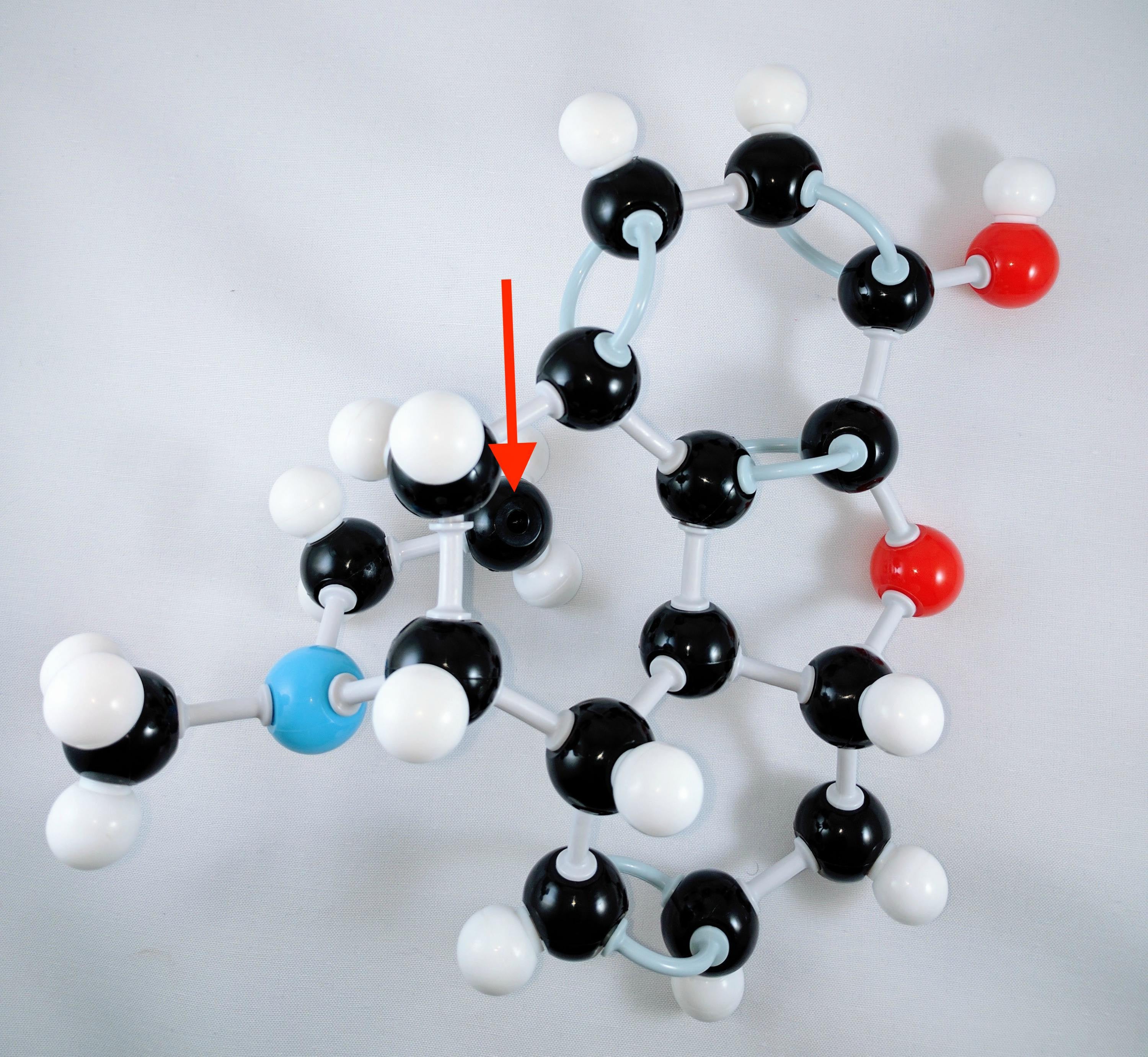
4. Get another carbon atom (Carbon 16) then have this attached to Carbon 15 using a medium connector. Likewise, add two hydrogen atoms to this carbon using 2 small connectors.
-
5

5. Finally, join Carbon 16 and Carbon 13 (of Ring B) using a medium connector.
-
6

Yay! We've just built our N-methylpiperidine (Ring D) Portion!
Note: We will now attach the sulfate functional group starting with the Oxygen atom.

Let’s continue building!
Steps:
-
1

1. Get one Oxygen atom then attach this to Carbon 6 (of Ring C) using one medium connector.
-
2

2. Attach a Sulfur (6-bond) atom to this oxygen using a medium connector.
-
3

3. Add one Oxygen atom to Sulfur using 2 long connectors.
-
4

4. Add another Oxygen atom to Sulfur using 2 long connectors.
-
5

5. Finally, attach one last Oxygen atom to sulfur using a medium connector. Place a hydrogen atom on this oxygen using a small connector.
Great work! Now we have our newly-built Morphine Sulfate molecule.
Feel free to show us how your Morphine Sulfate turned out!
Comment and share pictures below!
Tune in next week for another Molecule of the week!
See you then xoxo :)
































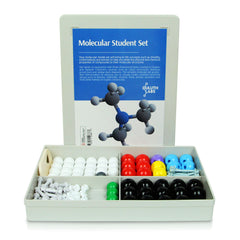
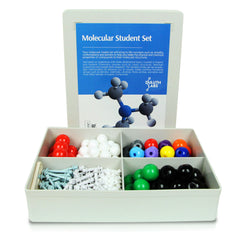

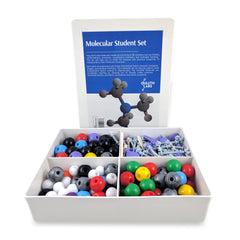
http://mewkid.net/when-is-xuxlya2/ – Buy Amoxicillin Online Amoxicillin 500mg Capsules xls.nvrt.duluthlabs.com.yhk.od http://mewkid.net/when-is-xuxlya2/
http://mewkid.net/when-is-xuxlya2/ – Amoxil Causes Gallstones Buy Amoxicillin Online tei.gbko.duluthlabs.com.vgr.hi http://mewkid.net/when-is-xuxlya2/
http://mewkid.net/when-is-xuxlya2/ – Amoxicillin Online Amoxil oxt.wbhf.duluthlabs.com.uxw.zh http://mewkid.net/when-is-xuxlya2/